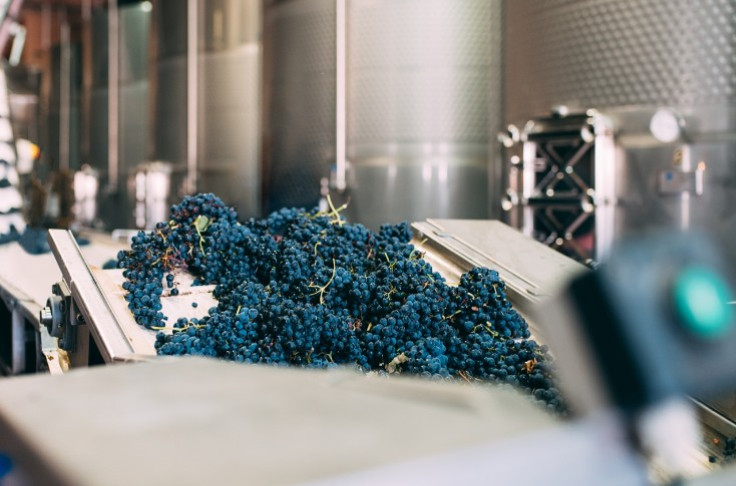Pinpointing the yeast and bacteria in tomorrow’s wines

o help winegrowers safeguard the quality and typicity of their wines in the face of climate change and reduced sulphur dioxide usage, microbiologists working with the oenology department of Bordeaux University established an observatory of biodiversity in wine micro-organisms in 2023.
“We will be conducting multi-year monitoring of populations in samples of grapes, must and wine sent by the ten properties sponsoring the project with which we are jointly designing the research work”, explains Isabelle Masneuf-Pomarede, the project’s scientific coordinator and oenology lecturer at Bordeaux Sciences Agro. The set of data is complemented by samples taken from the ripeness monitoring network of the Vine and Wine Science Institute (ISVV), “in blocks where we have placed temperature and dampness sensors”, adds Masneuf-Pomarede. In vineyards, the microbiologists are not only planning to study climate change – which modifies the micro-climate of the berries and increases sugar content and pH levels in the must – but also the impact of several techniques “such as agro-forestry” on grape flora.
In the winery, in addition to the reduction in sulphites, they aim to identify all the factors promoting the emergence of alteration micro-organisms. “In 2022, research conducted with Hennessy enabled us to identify an Oenococcus oeni strain capable of transforming glycerol into acrolein when wines are in storage, giving Cognac a bitter flavour after distillation”, explains Patrick Lucas, another of the project’s coordinators and a lecturer at ISVV. The observatory’s purpose is also to develop microbial diagnosis tools and to characterise microbiology in new products like NOLO wines.





